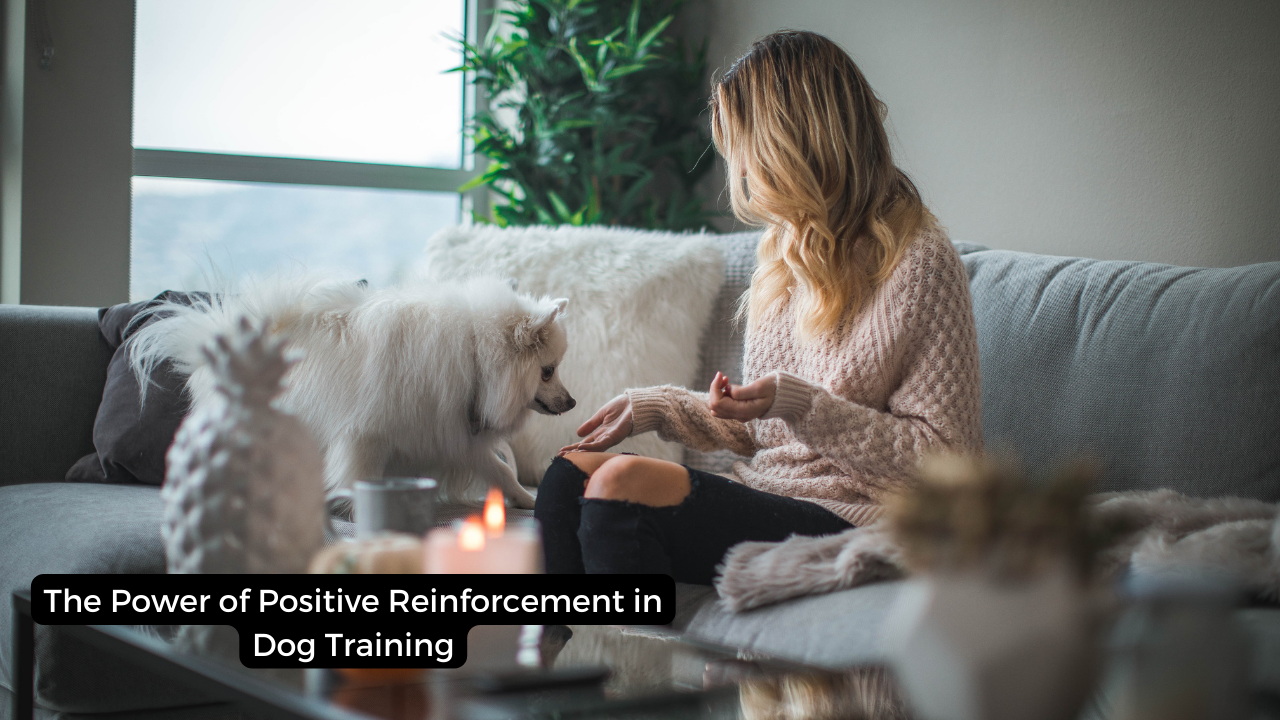Training a dog is a journey that not only shapes your pet’s behavior but also nurtures a profound and unbreakable bond between you and your furry companion. While there are various methods to teach your dog, positive reinforcement has emerged as an effective, humane, and joyful way to achieve desired behaviors while deepening the connection you share. In this article, we’ll explore the art of training your dog using positive reinforcement techniques and the wonders it can work in building a harmonious relationship.
Understanding Positive Reinforcement
Positive reinforcement, simply put, involves rewarding your dog for displaying the behaviors you want to encourage. It’s like giving a gold star to a child for completing a task well. When your dog follows a command or exhibits the desired behavior, a reward follows, reinforcing the likelihood of that behavior being repeated. These rewards can range from treats and praise to playtime and affection.
Imagine you’re teaching your dog to sit. As soon as your dog sits on command, you reward them with a treat and enthusiastic praise. The dog associates sitting with a positive experience, making them more likely to repeat the action in the future. This forms the foundation of positive reinforcement training.
Building a Stronger Bond
Positive reinforcement doesn’t just stop at shaping behaviors; it strengthens the emotional connection between you and your dog. When your dog understands that obeying commands leads to positive outcomes, trust grows. Your dog learns that you’re a source of comfort, fun, and rewards. This bond is essential for effective training, as dogs are more motivated to learn from someone they trust and adore.
Consider it like a dance between two partners – you and your dog. With every graceful move (correct behavior), the music (reward) plays, creating a harmonious rhythm of learning and bonding.
Effective Techniques for Positive Reinforcement
Consistency: Consistency is key in positive reinforcement training. Use the same command words and reward system every time to avoid confusing your dog.
Timing: Timing is everything in positive reinforcement. Immediately reward your dog when they display the desired behavior to reinforce the connection between action and reward.
Start Simple: Begin with basic commands like sit, stay, and come. As your dog masters these commands, you can move on to more complex tricks.
Varied Rewards: Dogs have different preferences when it comes to rewards. Some might be motivated by treats, while others prefer toys or affection. Experiment to see what resonates with your dog.
Patience: Positive reinforcement requires patience. Be ready to celebrate small victories and progress at your dog’s pace.
Common Mistakes to Avoid
Inconsistent Rewards: Giving rewards sporadically can confuse your dog and lead to inconsistent behavior.
Using Punishment: Positive reinforcement focuses on rewards, not punishment. Avoid scolding or punishing your dog as it can damage trust and hinder learning.
Ignoring Undesirable Behavior: Instead of focusing solely on rewarding good behavior, address undesirable behavior with redirection and positive alternatives.
Conclusion
Training your dog with positive reinforcement isn’t just about shaping behaviors; it’s about fostering a strong, unbreakable bond. Through rewards, patience, and understanding, you can guide your furry friend to become a well-behaved and joyful companion. As you embark on this journey together, remember that every treat, praise, and moment of play strengthens the unique connection only you and your dog share.
